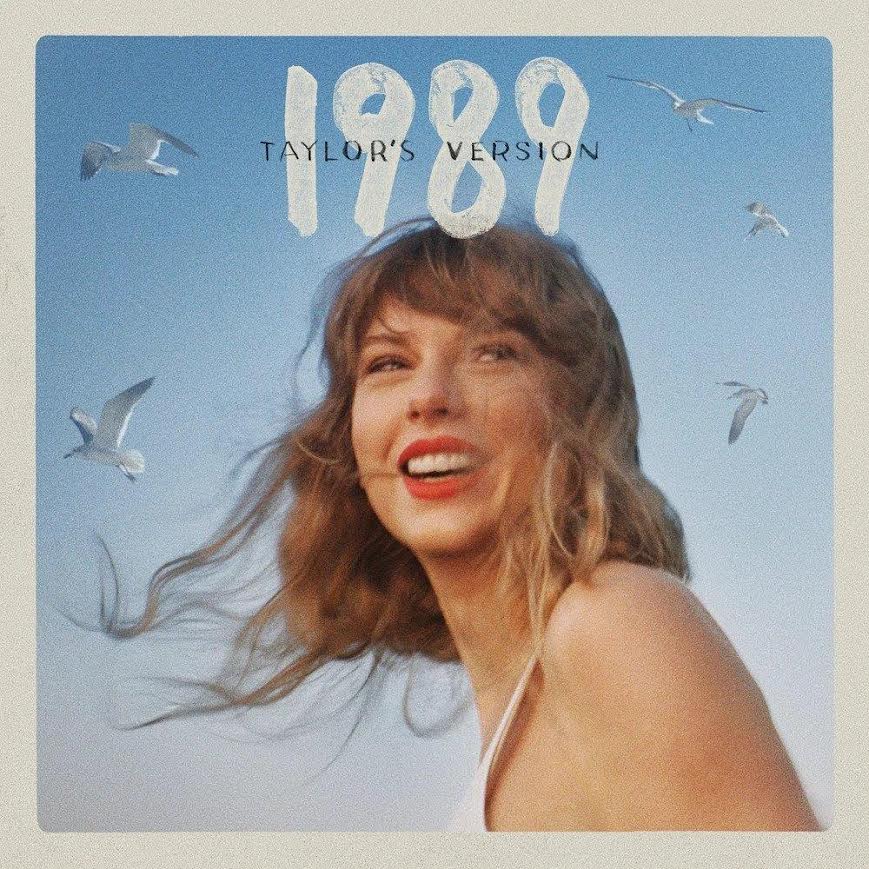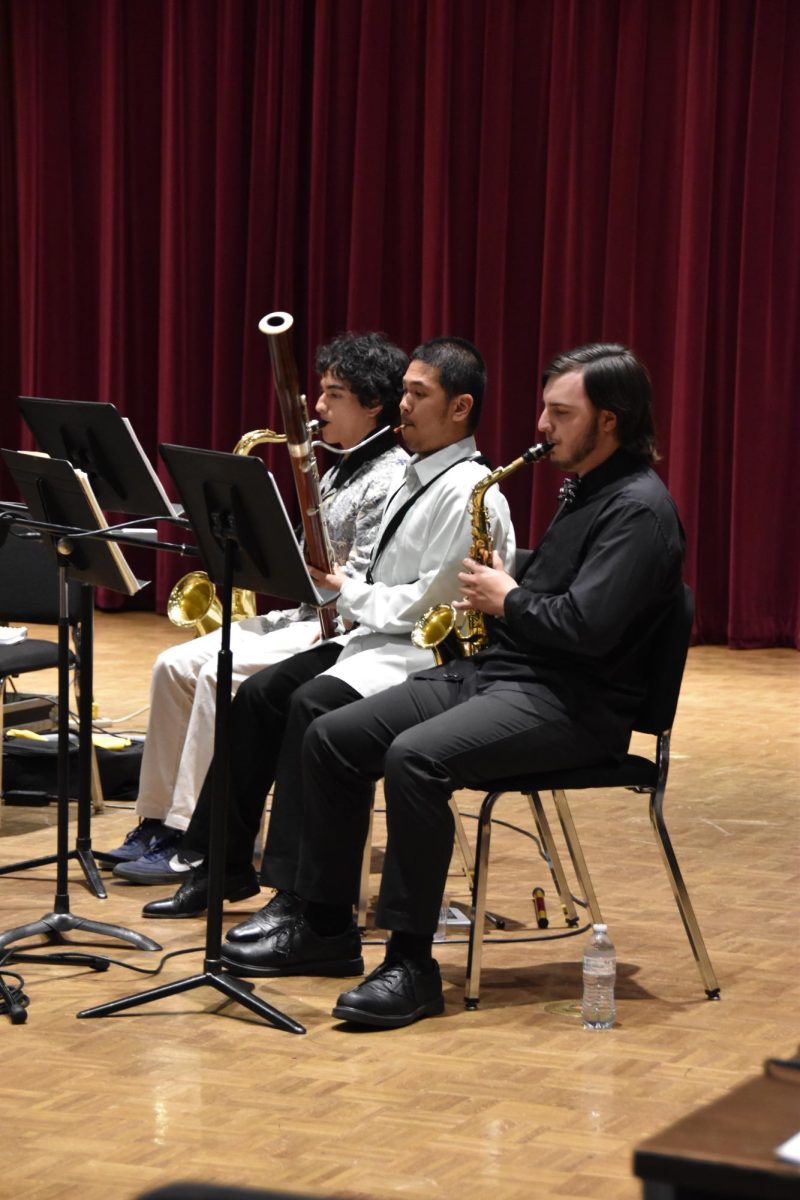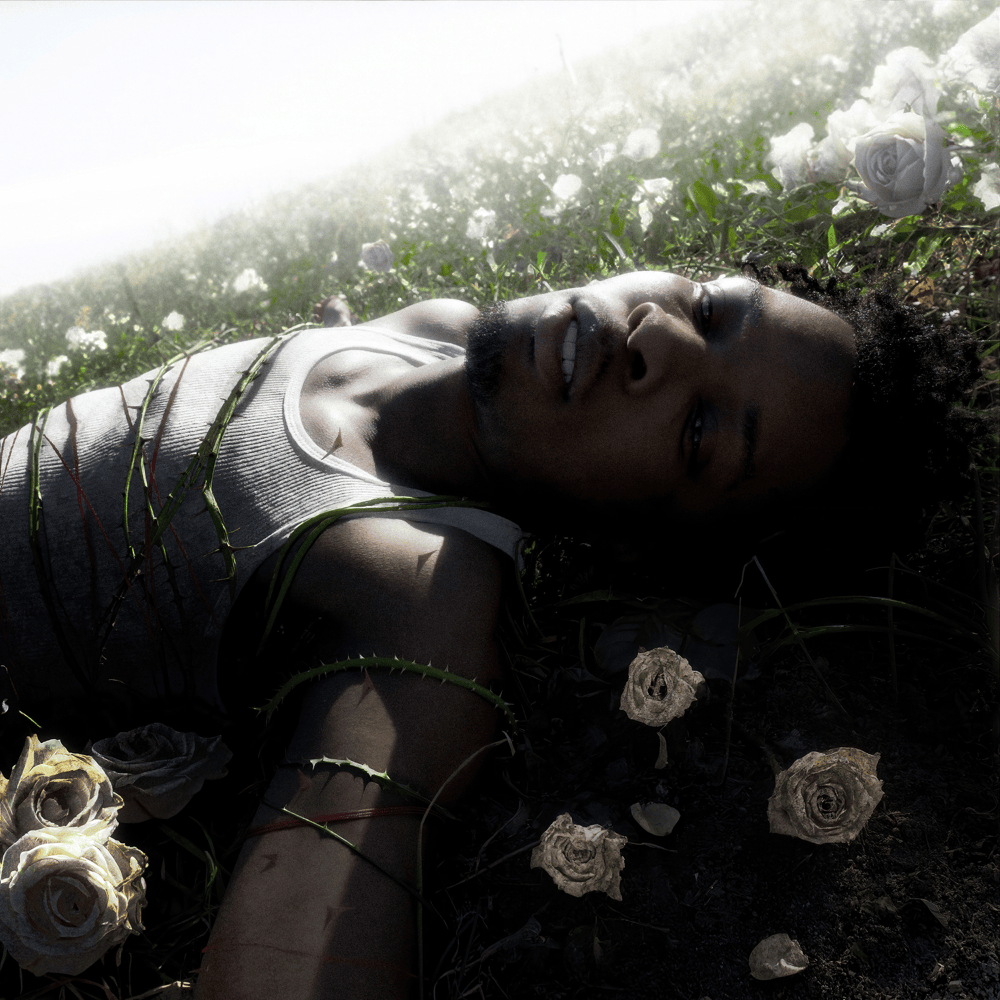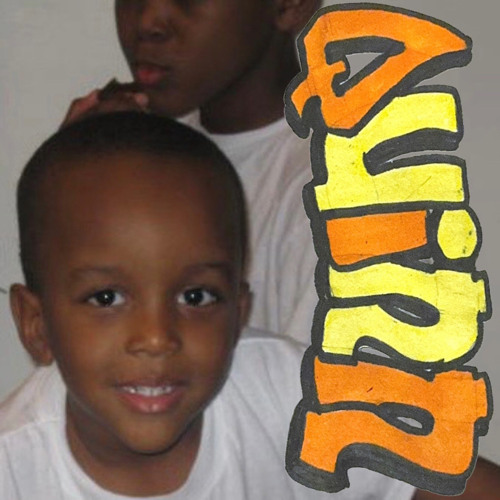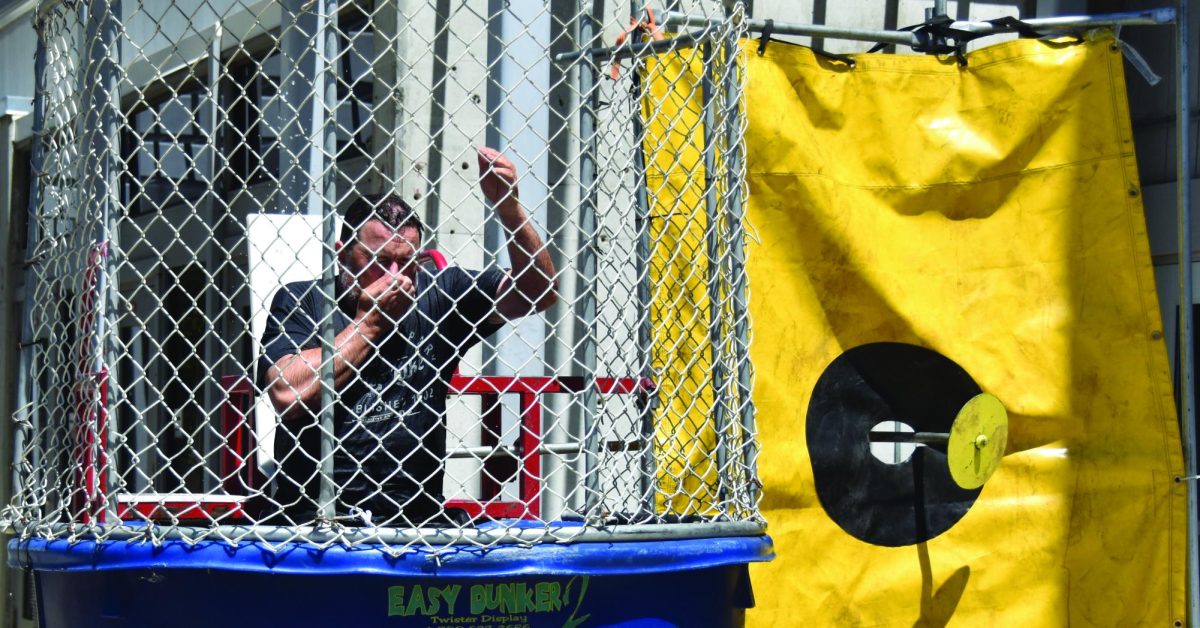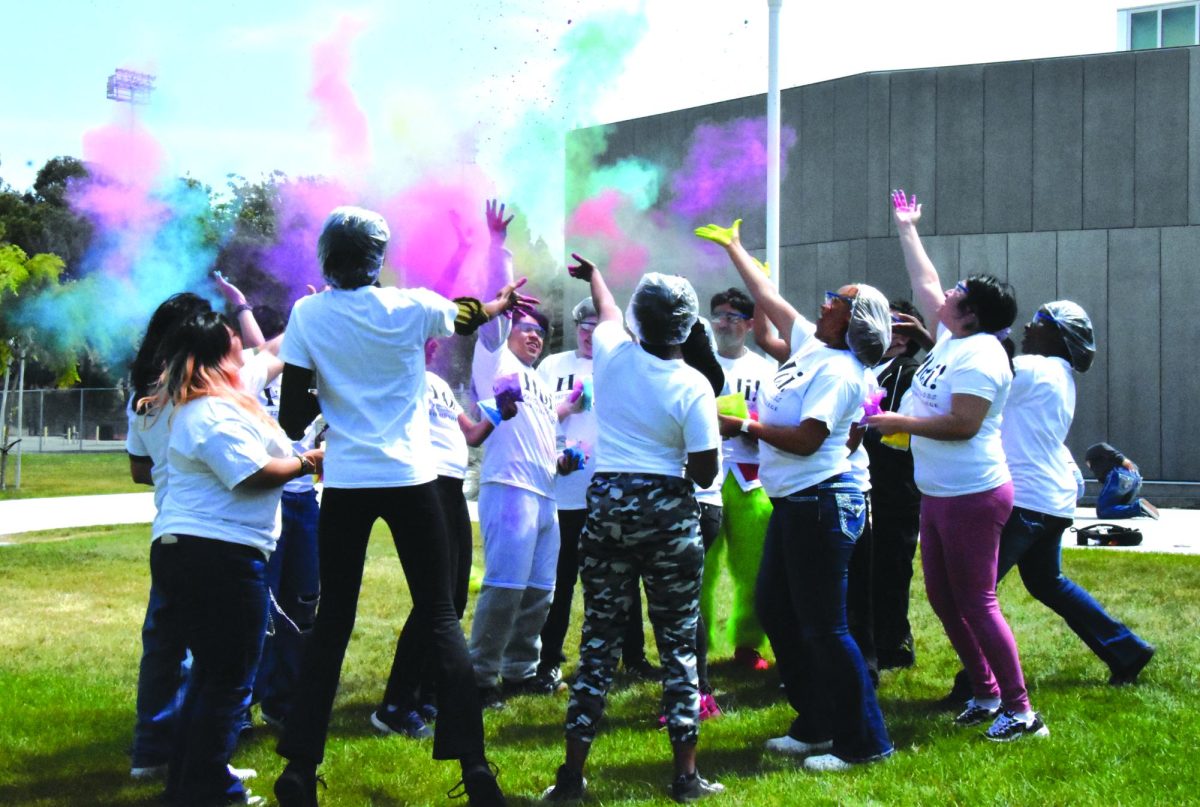From reading into the fine lines of her words to the hints of blue in each of her outfits on the last night of the Eras Tour in Los Angeles, the anticipation of “1989 Taylor’s Version” came out Oct. 27, marking nine years since the album’s initial release.
Swift’s journey to re-record her iconic albums such as “Fearless” and “Speak Now” has been ongoing since 2021. Looking forward to owning all of her work, each new release has garnered triumphs, with her version of 1989 already surpassing records for most streams, album sales, and more.
The original album marked a big milestone for the artist as her transition from country into pop music carried some of her top hits in her discography from “Blank Space” to “Shake it Off.” I do not doubt that “1989 Taylor’s Version” will reach the same amount of success and popularity as her initial album because numbers only seem to have increased since its recent release.
Her version features 22 songs, including five new vault tracks that were previously not included in the 2014 album. Although it did not feature any new collaborations, such as the well-anticipated collaboration with Harry Styles on the track “Style” whom the song was rumored to be about; instead, the album has an original collaboration in “Bad Blood Taylor’s Version” featuring Kendrick Lamar.
Listening to each song created an atmosphere of nostalgia as I recalled hit songs of my childhood and could reminisce from a new perspective. The transitions from beginning to end were a rollercoaster of emotions as there was a mix of positivity, love, heartbreak and betrayal, all encompassed in the story of 1989.
Swift is well-known for her unique lyricism and ability to connect parts of her life to her listeners. She reveals vulnerable parts in her writing from symbolism to metaphors, making the most simple lyrics carry a deeper meaning. As these songs were written during her years of complicated love stories and finding her image in music, the re-recording captured her maturity, all while recorded nearly a decade apart.
When comparing both versions, there were no major differences in production or lyrics. But the biggest factor was the loss of her young pop voice during the iconic era, such as in “Style” or “Out of the Woods,” and instead, toward the maturity of her style. As opposed to fixating on reaching the same popularity as the first release, Swift’s new album showed her focus on performance and vocal delivery as opposed to putting out the most popular song with the most catchy lyrics.
Especially, listening to the song “I Know Places” when she hits the high note in the middle singing “and we run,” I can hear how much her vocal control has evolved.
One of the most anticipated parts in Swift’s re-recordings is hearing her “vault tracks” that were unreleased in the prior albums. Compared to the others released in the past, the 1989 vault tracks were not my favorite but were not the worst. After the first couple of listens the ones that stuck the most out for me were “Say Don’t Go” and “Is It Over Now?” but I am sure the rest will grow on me over time.
Nearly complete in her re-recording journey, Swift has two more anticipated works coming up, from her iconic comeback after 1989 with her album “Reputation” and her debut self-titled album “Taylor Swift.” With each new recording, her songs are reaching nearly the same, if not more, success from the past releases. Now the only thing left to claim for this musical icon is her reputation and name.
Despite the years tied to her songs, re-recording brings each of her eras back to life and captures her growth as an artist. Among Swift’s triumphs regarding her re-recording, there is obvious drama tied to her music; however, as she says in “New Romantics Taylor’s Version,” “the best people in life are free.”

